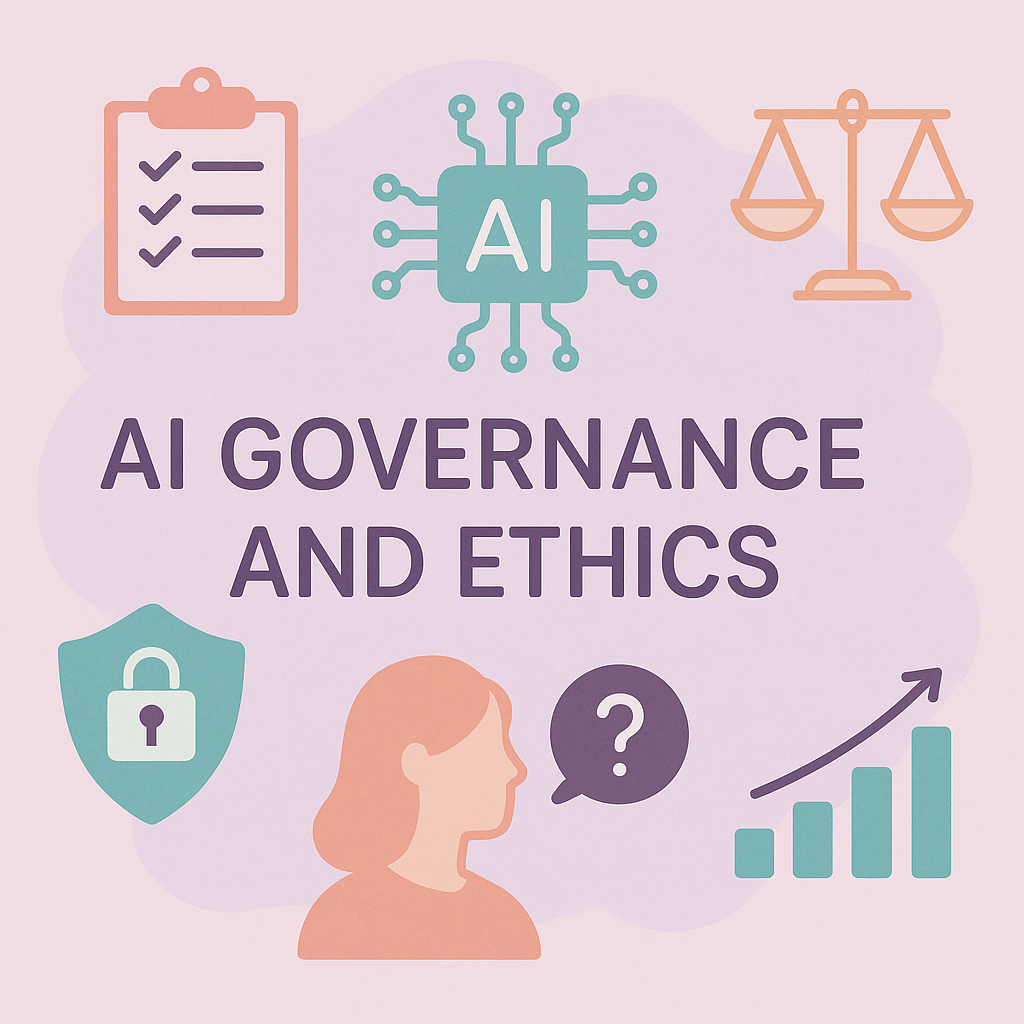Let’s face it — AI is moving faster than most companies are ready for. And while the tools are exciting (and often genuinely useful), it’s easy to get caught up in the hype and forget to ask: Should we be doing this? or “How do we do this right?“
That’s where an AI ethics policy — and yes, even a mini AI review board — comes in. No, you don’t need a PhD in philosophy or a boardroom full of ethicists. But if you’re building or using AI at your company — even just to automate internal stuff — you do need some guardrails.
So let’s talk about how to create a lightweight, realistic AI ethics framework you can actually use — without slowing innovation to a crawl.
1: Start With Principles, Not Policy Docs
Before you write anything down, align your team on values. Ask:
- Why are we using AI?
- Who benefits, and who could be harmed?
- What does “responsible use” mean for us?
Keep it simple. Think of this like company values for your AI.
2: Create a Mini AI Ethics Review Board
This doesn’t have to be formal or bureaucratic. Think of it as a sounding board for your most impactful AI use cases.
Pick 3–5 people from different functions — HR, legal, product, engineering, and marketing — and give them a charter:
- Evaluate new AI use cases before launch
- Ask the hard questions (data privacy and security, bias, transparency)
- Document decisions and raise red flags if needed
Why it works:
- Encourages cross-functional input
- Builds ethical thinking into your process early
- Gives internal stakeholders a voice and shared accountability
Pro tip: Rotate members occasionally to keep perspectives fresh.
3: Define Red Flags and Dealbreakers
You don’t need to police everything. But you do need to agree on what’s off-limits.
Example red flags:
- Using employee data without consent
- Deploying AI that makes hiring decisions without human review
- Training models on customer data without disclosure
Knowing what you’ll never do is just as important as what you will.
4: Add a Human Failsafe
Even the smartest AI makes mistakes. Every critical decision needs a human in the loop.
Designate someone (or a team) to own the oversight of any AI tool deployed. If something goes wrong, they’re responsible for catching it — and explaining it.
This is also where your AI review board can play a long-term role: monitoring post-launch impact and suggesting improvements.
5: Make It Easy to Review and Update
Your first AI ethics policy won’t be perfect. That’s fine.
Make it a living doc. Revisit it quarterly or anytime you launch a new AI use case and also keep an eye on AI trends. Better to update and evolve than lock it in and ignore it.
An AI ethics policy isn’t about slowing you down. It’s about making sure the tech you use aligns with who you are — and doesn’t backfire on your team, customers, or brand.
You don’t need to be Google or Microsoft to take AI ethics seriously. You just need to start the conversation, bring the right people into the room, and write down a few smart defaults.
Future-you will thank you for it.
